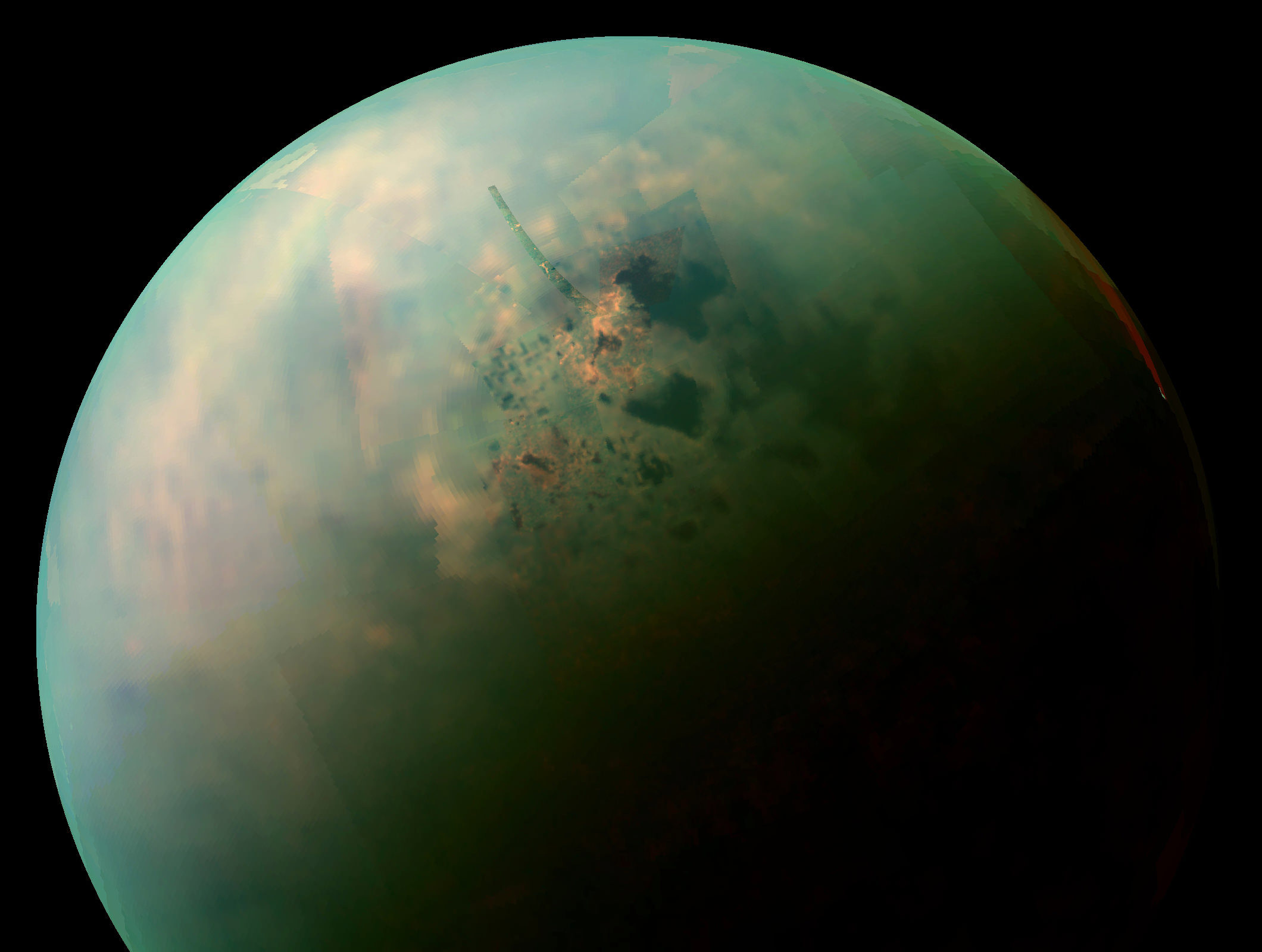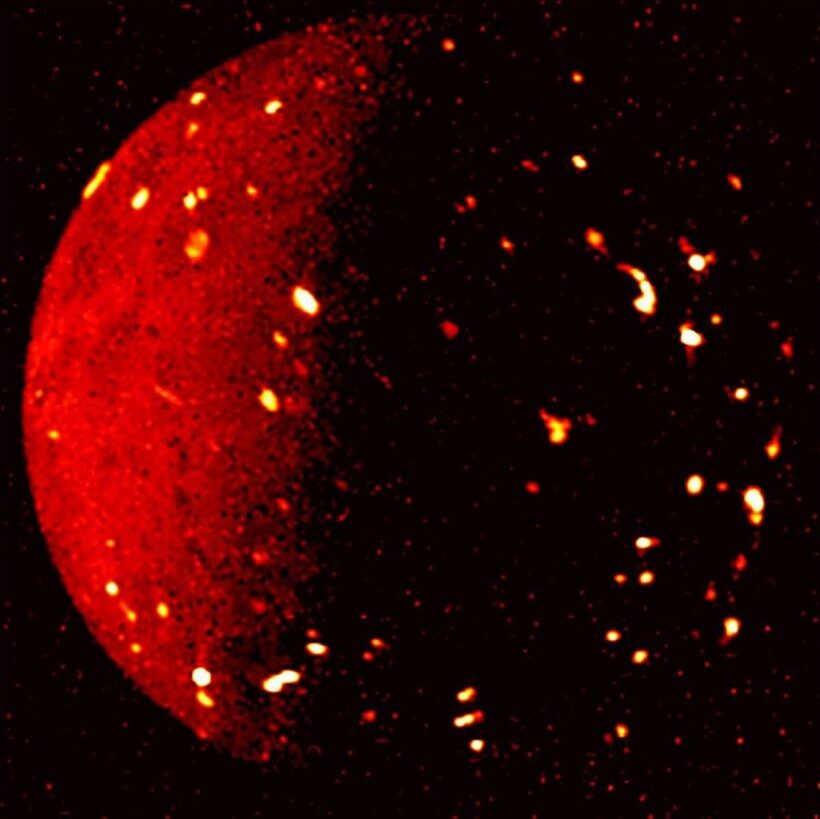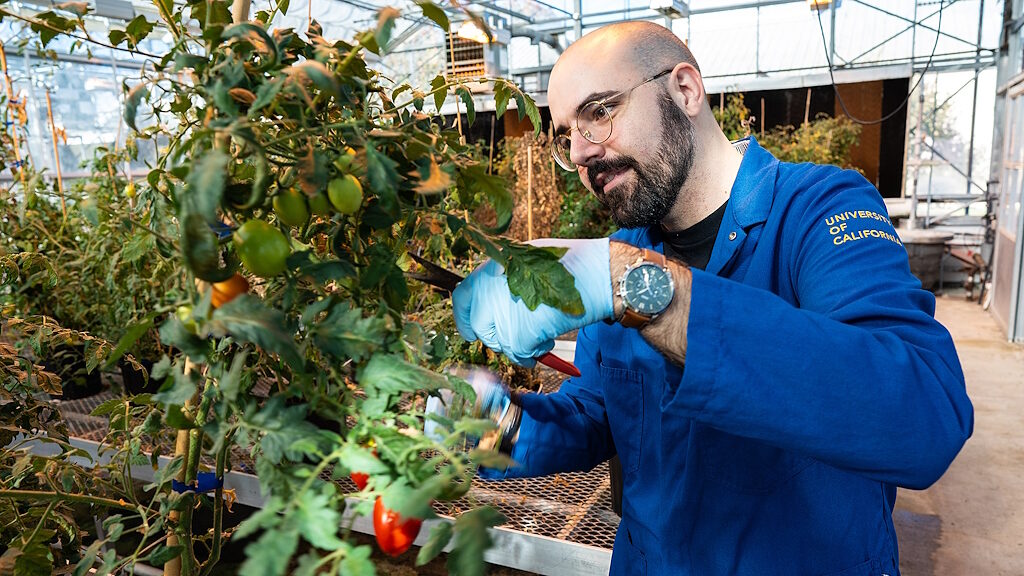
© Universe TodaySaturn's moon, Titan.
Dr Willie Soon unleashes on the failures of climate change and modern science for 40 minutes with Tucker Carlson (see below). As an opening he explained how one of Saturn's moons has
more liquid fuel than than all the oil and gas deposits of Earth, which rather pokes a hole in the idea that fossil fuels are only ever made from fossils.
Essentially a frozen, lifeless moon with no dinosaurs, forests or peat bogs, somehow has lakes of methane. Not only does
Titan have liquid seas of hydrocarbon fuel — but we've known this for years. In fact even in 2005 a NASA scientist quietly admitted that
Titan had methane that wasn't made from fossils. But where was NASA in the 18 years since?
Soon explains that Titan proves that abiotic oil and gas formation is true. In 2009 an experiment showed that when methane is put under great pressure like the kind we find 50-100 miles underground, it can form more complex hydrocarbons. (Kolesnikov). Several papers in the last dozen years find more exotic kinds of polycyclic aromatic hydrocarbons all over the place, like in Titan's atmosphere and even forming in deep cold interstellar space. (Zhao, Parker, Freissinet) They also found benzene on Mars.
On his CERES sites, Willie Soon explains that in practical terms, we don't know how much of the
oil and gas on earth is made without fossils (in an abiogenic process). It could be forming 50 to 100 miles down, but we're only drilling 6 to 8 miles deep. I seems we have little idea. Even if abiotic oil exists on Earth, it may form too slowly to be useful. Though there have been these odd claims out there for years that
some oil fields are refilling.
What we do know, says Jo, is that they're not trying to understand this, and they're not trying to tell us the whole truth either. We've taught two generations of children that there is one simple narrative, and if you questioned it you were an idiot. Isn't it time a civilization dependent on these fuels had an honest discussion about where they came from?
There's a lot more in the interview about his experience at Harvard, and climate science and the sun.




Comment: More from social media